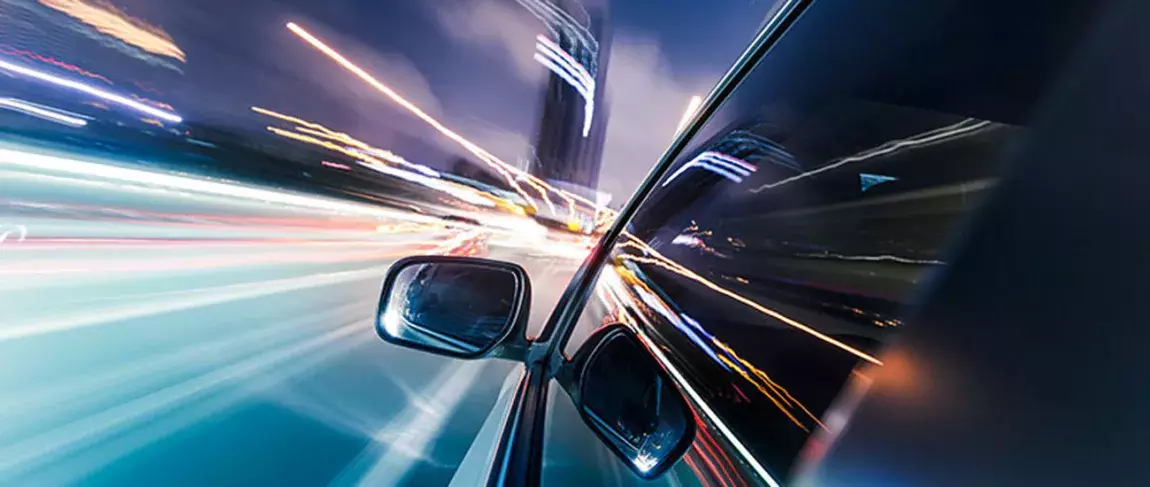
Motion Sickness: Making the most of the onboard experience

At Faurecia, we’ve been exploring motion sickness as part of our work on wellbeing and mobility since 2011. Recently, we have increased our interest in addressing motion sickness as a way to enhance the onboard experience of all occupants based on 3 significant trends. The development of autonomous driving, the emergence of ride-sharing (e.g. mobility as a service), and increased urbanization. Autonomous vehicles and ride-sharing mean more vehicle occupants being passengers, and urban driving patterns - stop and go, sudden turns and quick acceleration/deceleration tend to make motion sickness more prevalent and a more vital issue to address.
While there are several inter related and competing theories on the causes and evolutionary rationale for why humans experience motion sickness, the most accepted explanation is sensory-motor conflict. Put simply, motion sickness happens when there is a sensory mismatch between what someone is seeing and feeling. Sensory-motor conflict occurs when the eyes are seeing a static environment and body / inner ear feels motion. By the way, a driving simulator where the body feels nothing and the eyes are see motion can also cause the same symptoms.
We considered a variety of situations that could induce motion sickness, but our primary motivation has been to allow a passenger to read or watch a movie without feeling sick. With this in mind, from our initial research and ideation we landed on seven different technical approaches to mitigate the sensory mismatch. For example, one of the concepts sought to reduce the amount of motion experienced by the passenger. Several concepts sought to improve the perception of motion through peripheral vision. Others used signaling methods to alert passengers to the impending motion. Our leading idea is a combination of seated posture to reduce the feeling of motion while allowing the occupant to see more of what is happening outside the vehicle.
To evaluate, we used three levels of testing, starting with an initial mock-up followed by theoretical tests using a test manikin in the car. For ideas that showed most promise, we ran controlled road tests at the University of Michigan’s closed road circuit, fitting passengers with sensors so we could measure reactions and validate our hypotheses. We have a lot more design and testing to do before getting to production quality solutions. An exciting part of the process is evolving the testing methodology and learning how to validate ideas so we can advance to the next step.
All this work is highly collaborative, involving the internal expertise of Faurecia’s designers, and comfort experts, as well as external partners. Through our technology platforms, particularly those in Toronto and Silicon Valley, we are developing proof of concepts with local start-ups and technology providers to see how we can bring more wellbeing into mobility experience. It’s a subject that’s stimulating discussions with everyone across the automotive landscape, from OEMs to ‘new entrants’ like mobility service providers.
So far, we’ve identified many promising concepts – from active seat-based systems, to responsive systems that sense symptoms of motion sickness via passengers’ vital signs. While reducing motion sickness is worthy goal in its own right, ultimately we’re focused on improving the experience for passengers. So that they can make the most of their journey to be more productive or feel more relaxed when they arrive at their destination.

